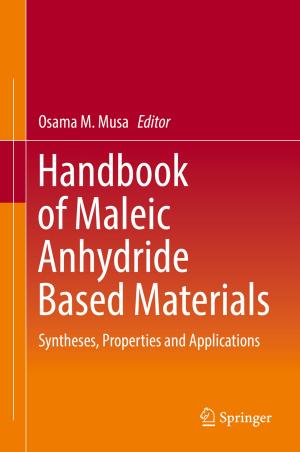The Kolsky-Hopkinson Bar Machine
Selected Topics
Nonfiction, Science & Nature, Technology, Material Science, Science, Physics, Mechanics| Author: | ISBN: | 9783319719191 | |
| Publisher: | Springer International Publishing | Publication: | April 20, 2018 |
| Imprint: | Springer | Language: | English |
| Author: | |
| ISBN: | 9783319719191 |
| Publisher: | Springer International Publishing |
| Publication: | April 20, 2018 |
| Imprint: | Springer |
| Language: | English |
In this book, leading scientists share their vision on the Kolsky-Hopkinson bar technique**,** which is a well-established experimental technique widely used to characterize materials and structures under dynamic, impact and explosion loads. Indeed, the Kolsky-Hopkinson bar machine is not a simple experimental device. It is rather a philosophical approach to solve the problem of measuring impact events. The split Hopkinson pressure bar conventional device is mainly limited to test homogeneous ductile non-soft materials under uni-axial compression. Extending the use of this device to more versatile applications faces several challenges such as controlling the stress state within the specimen and mastering the measurement of forces and velocities at the specimen-bar interfaces and then the material properties. Thus, the topics discussed in this book mainly focused on the loading and processing parts.
In this book, leading scientists share their vision on the Kolsky-Hopkinson bar technique**,** which is a well-established experimental technique widely used to characterize materials and structures under dynamic, impact and explosion loads. Indeed, the Kolsky-Hopkinson bar machine is not a simple experimental device. It is rather a philosophical approach to solve the problem of measuring impact events. The split Hopkinson pressure bar conventional device is mainly limited to test homogeneous ductile non-soft materials under uni-axial compression. Extending the use of this device to more versatile applications faces several challenges such as controlling the stress state within the specimen and mastering the measurement of forces and velocities at the specimen-bar interfaces and then the material properties. Thus, the topics discussed in this book mainly focused on the loading and processing parts.















